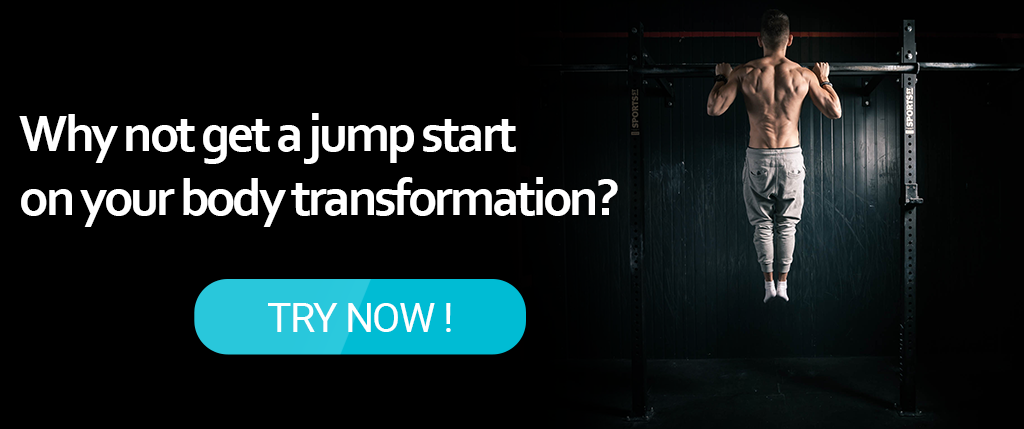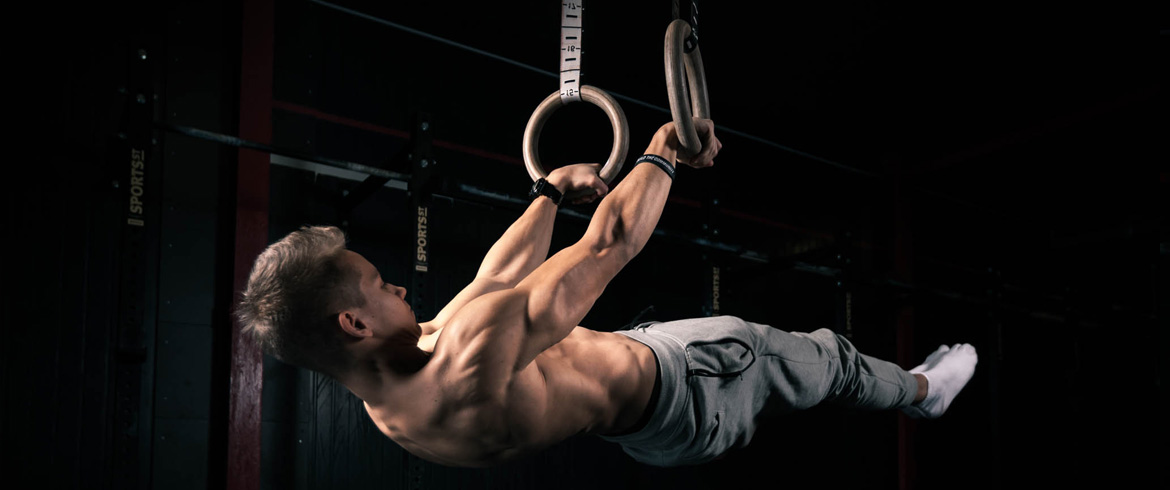
The importance of rings’ training in Caliathletics
Rings for working out – Cali ring
Hello everybody! Welcome back Caliathletes!
Today I wanna invite you all to think over an important, and sometimes underrated, topic: the importance of including rings in your daily workouts because of their versatility.
Ok, first of all, we can admit that since we are not real gymnasts, but Calisthenics performers, why should it be necessary doing such thing?!
I mean, usually most of you could think and know that, since you get in a Calisthenics journey, most of the workouts are performed by means of bars.
Well, I invite you to think over this concept and look at the thing from another point of view that is:
Which is the main difference between working out with bars and working out including also rings?!
Is it good to combine both so to be more complete?!
To answer these questions is worth saying that, by using the bar you always use mainly all the so called primary movers.
This group of muscles includes all those that do most of the work while performing an exercise.
On the other hand, by using rings you are forcing yourself and training at the same time your CNS, to involve more all the other muscles that are not directly used while moving loads; they are the so called stabilizer muscles.
In this group, we include all those that are helping to stabilize the body so to let the primary movers do their job without any waste of energies and so letting the body move efficiently and with correct biomechanics.
To give you a clear proof of how important is to include rings in your trainings, let’s see some examples of their application in training the different basics as well as skills:
- FALSE GRIP HOLD: there are some pros and cons that are worth emphasizing in order to let you understand the importance of approaching rings and include them together with bars.
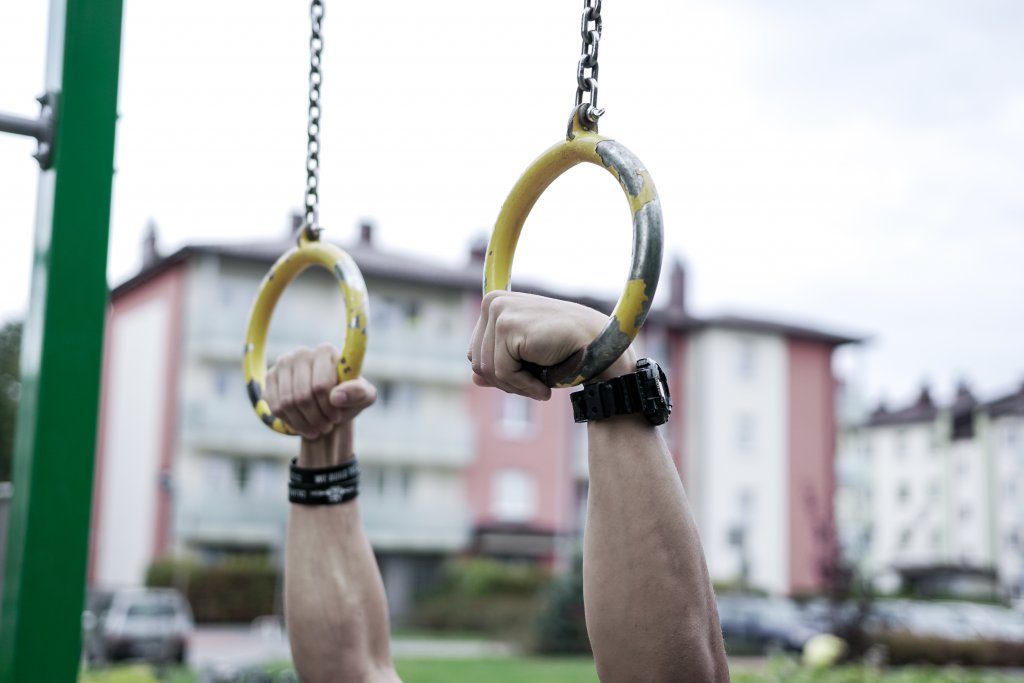
An evident example comes when performing a muscle up on rings.
The fact is that, on rings we have for sure one “little” aspect, but also the main one that you must work on since the beginning, that is the false grip.
Performing a muscle up on rings requires firstly strengthening a lot your wrists by focusing on conditioning exercises and secondly, you gotta definitely increase their overall mobility.
Only by doing that, you won’t have pains and aches on the way and one very basic, helpful exercise you can consider to include, if you approach firstly the rings’ training, is the following one: false grip hold.
In order to perform such exercise, grab one ring and lay on it the palm of your hand and partly also your wrist so to form almost like a hook shape.
If the way you lie the wrist and palm is correct, you will immediately notice that you can hang on the ring without accusing any particular pain (just the very first times because of a matter of adaptation); of course the other hand lies as well on the upper side of the ring.
Once you grabbed the ring properly, hang on it by detaching from the floor your feet while going into the hollow body position so to avoid any imbalance while hanging.
Bring then the ring towards your inner chest so to form almost like a V shape between your wrist and your shoulder.
As you noticed here, I’m talking about one ring at a time while performing this type of exercise; this means that, after you got stronger with one single wrist, hence you are now able to hold the false grip on the ring for at least 20/30” each, you can go on and take the exercise to another level.
This means that, instead of working the false grip hold with one single wrist, you will start performing the same exercise as previously explained, but with both rings at the same time.
Here the V shape will be even more notable, since you gotta bring both hands and rings in your inner chest, right below your chin so to form indeed the same V shape as before.
Elbows are adherent to your body while hanging so to keep always the correct form without any swing in between; possibly try always to keep your chin above both hands while hanging.
This is already a clear example of how much more work to do there is when approaching the rings rather than the bar.
- SUPPORT HOLD: other proofs of the importance of involving more your stabilizer muscles comes when you try to perform a support hold on rings or also the hollow body while performing a push up on rings.
If we consider this very fundamental element of rings’ basics that is the support hold, you can notice how, at the very beginning, can be difficult to approach because of the lack of help from your stabilizer muscles (mainly rear deltoids).
The support hold is performed by hanging on both rings with your body straight into hollow body position, shoulders depressed and wrists slowly rotated to the outer side.
This type of hold, like the previous one we analyzed, provides a lot more stability when you will be performing exercises such ring dips or push-ups.
It stimulates the stabilizer muscles to avoid swings while holding the position hanging on rings.
I highly suggest you to master the support hold in order to keep it for at least 45”/60” solid.
Once you have it, you can consider approaching the ring dips where, for the same principle, every time you are in the concentric phase and your arms are getting into the previous straight position, then at every rep you have to rotate your wrists to the outer side while maintaining always your shoulders depressed and the hollow body as well.
For ring push-ups the principle works in similar way, this means that before starting each rep, you gotta have a hollow body, shoulder blades protracted, wrists rotated to the outer side.
- INVERTED DEAD HANG + INVERTED PIKE: other two very important rings’ basics that you must master together with the previously seen false grip and support hold are the inverted dead hang and inverted pike.
Going a bit more in depth of the inverted dead hang, you must know that if you do not have a solid core and strength in your shoulders, it’ll get a lot harder to perform and hold this position.
Inverted dead hang wants you to be upside down while hanging on rings; in order to do so you can get firstly into a tuck front lever and then slowly elevating your butt and progressively extend your legs up so to go into a hollow body position, but upside down with your head and of course with shoulders always depressed.
Also for this basic, I highly suggest you to work on it so to be able to hold it for at least 45”/60” solid.
Inverted pike, on the other hand, requires a very good level of mobility/flexibility in your hamstrings and lower back.
The proof comes from the fact that, if you are not yet able to perform a pike stretch either on the ground or on feet, this exercise is not worth trying because of the lack of few fundamental features.
Assuming that you got a sufficient level of such features, in order to perform an inverted pike hold, you can actually approach it from different starting positions.
The most common one is from the inverted dead hang, where having legs straight (being already upside down with your head), you just have to lower and bring them towards your chest so to form indeed a pike.
As you can see, with rings the levels of motion you can achieve and work on, are endless.
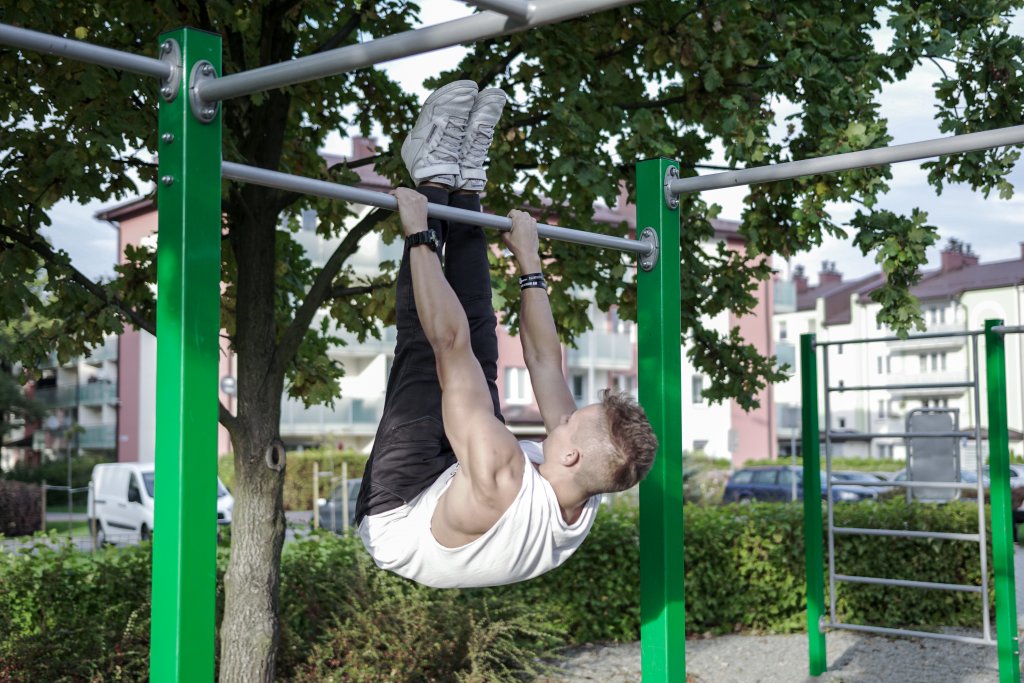
Also in this case, mixing up these two exercises going from inverted dead hang into inverted pike for multiple repetitions, provides already a very nice core work as well as conditioning one.
If you consider then to start working as well on all the most common skills such as front lever, back lever, handstand (more advanced), planches and so on by means of rings, all possible combinations and transition works are doable.
Just to make an example, you could mix up the inverted pike with a back lever hold where you have to have a great mobility in your shoulders in order to open them up sufficiently to go into a back lever hold.
Again, another famous transition work on rings is represented by the so called tick-tock, where you get from a front lever hold into a back lever one for multiple repetitions.
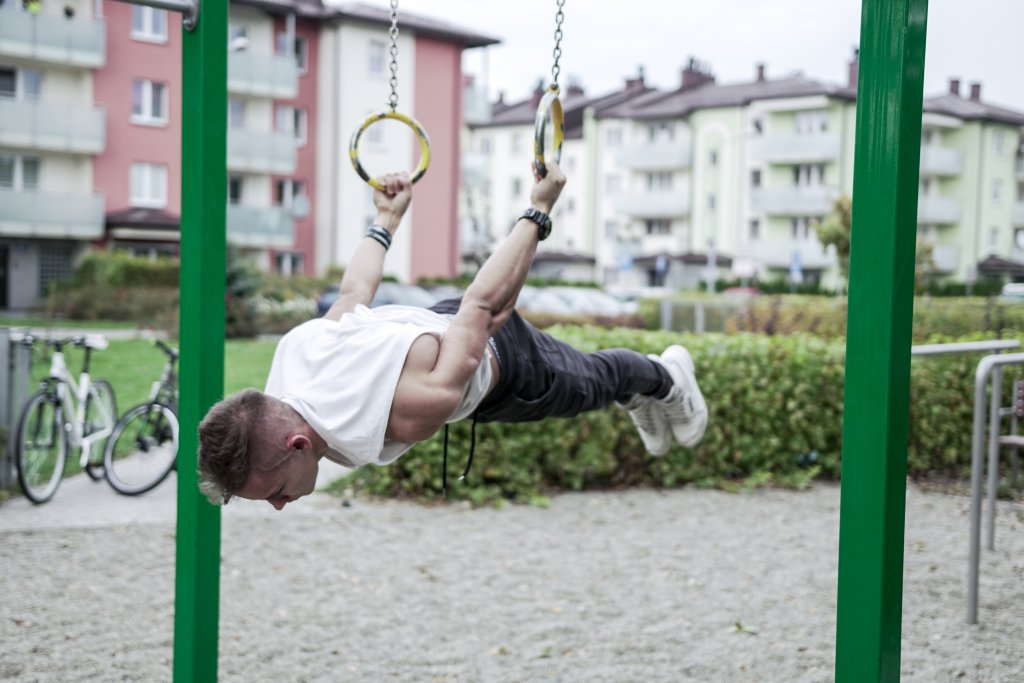
All this is possible thanks to the wider range of motion provided by the rings and that you have compared to the bar where to get from a front lever hold into a back lever one, the movement itself is not so fluid because of the limited ROM.
From all these examples explained above, is quite evident how versatile rings are, compared to a bar, also keeping in mind fact that rings are portable everywhere, bars are not.
Said so, even if you have a solid tree branch, you can simply hang the rings and still have a very effective training and if you include parallettes as well, then you have everything you need to work on all main Calisthenics skills without any problem.
Guys!!I hope that also this article, a little bit more atypical compared to the others discussed until now, will come in handy for you and will provide you with more fun in all your future workouts.
Including rings will take your workouts to another level in terms of strength and conditioning, helping you to become wiser and more aware of the limits you can go beyond, thanks to this very cool tool!

